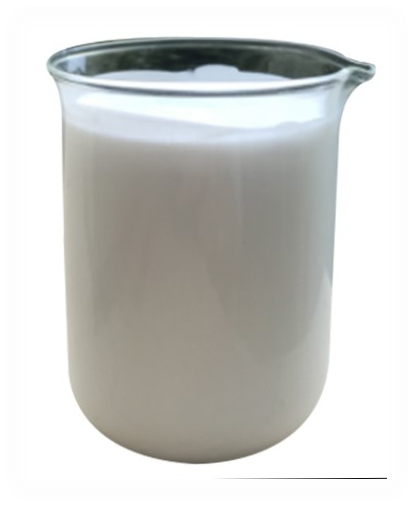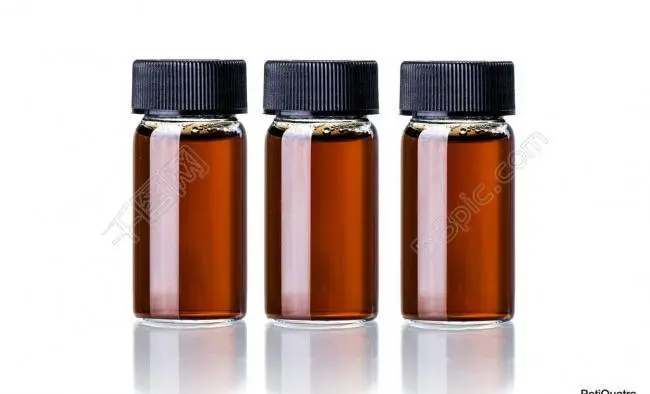**Era Detergent: The Enzyme and Surfactant Powerhouse Inside!**
(Does Era Detergent Have Enzymes And Surfactants)
Ever stare at a stubborn grass stain or a greasy collar and wonder how your detergent actually wins that battle? You grab Era, but what’s really inside that bottle doing the heavy lifting? Let’s crack open the lid, not literally, and explore the science heroes in Era detergent: enzymes and surfactants. These aren’t scary chemicals; they’re the specialized workers making your laundry look fantastic.
**1. What Are Enzymes and Surfactants in Era Detergent?**
Think of your laundry as a battlefield. Stains are the enemy. Enzymes and surfactants are Era’s special forces.
* **Enzymes:** These are tiny biological molecules, nature’s own cleaners. They act like specialized scissors. Each enzyme type targets a specific stain. Protease enzymes cut apart protein-based stains like blood, egg, or sweat. Amylase enzymes break down starch stains from pasta, potatoes, or gravy. Lipase enzymes tackle fats and oils like salad dressing or butter. Cellulase enzymes work on the cotton fibers themselves, removing fuzz and restoring brightness. Era uses specific blends of these enzymes to attack a wide range of stains right at their source.
* **Surfactants:** This is short for “surface-active agents.” They are the main cleaning power. Picture a surfactant molecule. One end loves water (hydrophilic), the other end hates water and loves grease and oil (hydrophobic). When you add Era to the wash water, surfactants surround grease and oil particles. The hydrophobic tails bury themselves in the grease. The hydrophilic heads face the water. This breaks the stain into tiny droplets, suspending them in the water. The surfactants then lift the stain particles away from the fabric. They stop the dirt from settling back onto your clothes. Era relies heavily on surfactants to get the general grime out.
These two ingredients, enzymes and surfactants, are fundamental. They are not optional extras; they are the core cleaning technology in Era and most modern detergents.
**2. Why Does Era Use Enzymes and Surfactants?**
Era uses this powerful combo because it simply works better than older methods. Here’s the logic:
* **Enzymes Offer Precision:** They break down complex stains (blood, grass, chocolate) that simple soap or older detergents struggled with. Enzymes work at lower temperatures. This saves energy. They are effective even in cold water washes, protecting fabrics and colors. They are biodegradable. This makes them an environmentally friendlier choice compared to harsh chemicals.
* **Surfactants Provide Muscle:** They are incredibly efficient at removing oily and greasy soils. Surfactants create foam and suds, helping to lift dirt away. They emulsify oils, keeping them suspended in water so they rinse away. They help water penetrate fabrics more easily. Without surfactants, water would bead up on greasy stains. Surfactants make the water “wetter.”
* **Synergy is Key:** Alone, enzymes might break down a stain but leave the broken bits stuck to the fabric. Surfactants alone might lift surface grease but struggle with tough, set-in proteins. Together, they are unstoppable. Enzymes chop the big stain molecules into smaller pieces. Surfactants then surround and lift those smaller pieces away. This teamwork delivers the deep clean Era promises, especially on tough stains. It allows Era to work effectively across various water temperatures and soil types.
Era chooses enzymes and surfactants for their proven cleaning power, efficiency, and compatibility with modern washing needs.
**3. How Do Enzymes and Surfactants Work Together in Your Wash?**
Imagine the washing machine as a cleaning arena. Here’s the play-by-play when you add Era:
* **Step 1: Dissolution & Distribution:** Era powder or liquid dissolves in the water. Enzymes and surfactants spread out evenly.
* **Step 2: Enzyme Action:** Enzymes get to work immediately. Protease attacks the spaghetti sauce protein on your shirt. Amylase tackles the pudding starch on the bib. Lipase goes after the cooking oil splatter on the apron. They latch onto their specific stain targets. They break the large, complex molecules into much smaller, simpler fragments. Think of it like cutting a big knot into small, manageable pieces of string.
* **Step 3: Surfactant Mobilization:** Surfactants swing into action. Their hydrophobic tails grab onto the oily parts of the stain and the fragments created by the enzymes. Their hydrophilic heads face the water. This creates tiny packages called micelles. The dirt and stain fragments are trapped inside these micelles.
* **Step 4: Lifting & Suspending:** The micelles, loaded with grime, are pulled away from the fabric fibers by the agitation of the wash cycle. Surfactants keep these dirt-filled micelles suspended in the wash water. They prevent the dirt from re-depositing back onto your clothes.
* **Step 5: Rinse Away:** During the rinse cycle, fresh water floods the machine. The suspended micelles, filled with broken-down stain bits and dirt, are flushed down the drain. Your clothes emerge clean.
This coordinated effort between enzymes (the disassemblers) and surfactants (the removers) is the secret sauce behind Era’s cleaning performance. It’s a sophisticated biological and chemical process happening in your machine.
**4. Applications: Where Era’s Enzyme and Surfactant Power Shines**
Knowing Era packs these ingredients explains its effectiveness in everyday situations:
* **Tough Food Stains:** That spaghetti dinner accident? Protease enzymes break down the tomato sauce protein. Surfactants lift the oils and colors. Chocolate pudding? Amylase handles the starch, surfactants remove the cocoa fats. Greasy pizza box stains? Lipase dissolves the oils, surfactants wash them away. Era is built for the kitchen battle zone.
* **Bodily Fluids & Grass:** Sweat stains on workout gear? Protease tackles the proteins in sweat. Blood spots? Protease is specifically designed for this. Grass stains on kids’ knees? Enzymes break down the plant proteins and chlorophyll. Surfactants lift the resulting debris. Era helps maintain activewear and play clothes.
* **Everyday Grime & Soil:** General dirt, dust, and environmental soil might not be one specific stain. Surfactants excel here. They emulsify and suspend the general oily/greasy components of everyday dirt. The mechanical action of the wash removes it. This keeps work uniforms and everyday clothes looking fresh.
* **Brightness & Fabric Care:** Cellulase enzymes gently remove micro-fuzz (pills) from cotton fabrics. This restores smoothness and brightness over time. Surfactants help prevent soil redeposition. This keeps whites whiter and colors brighter wash after wash. Era’s formula aims for long-term fabric appearance.
* **Cold Water Washing:** Enzymes are highly effective at lower temperatures. Surfactants work well in cold water too. This synergy makes Era a strong performer in cold water cycles. This saves energy and protects delicate fabrics and colors. It’s a practical choice for modern, efficient laundry.
Understanding the ingredients helps you use Era effectively for the stains and fabrics you encounter most.
**5. FAQs: Era, Enzymes, and Surfactants Demystified**
* **Q1: Does Era detergent definitely have enzymes and surfactants?** Yes, absolutely. Enzymes and surfactants are core, active ingredients in Era detergents. They are fundamental to its cleaning power. Check the ingredients list on the packaging; you’ll see terms like “enzymes,” “protease,” “amylase,” and various surfactants (often listed as “anionic surfactants,” “nonionic surfactants”).
* **Q2: Are enzymes safe for my clothes and skin?** Yes, modern laundry enzymes in detergents like Era are designed to be safe. They are highly specific. They target stain molecules, not fabric fibers, under normal wash conditions. They are thoroughly tested. For skin, they are rinsed away during the cycle. Most people have no issues. If you have extremely sensitive skin, look for Era Free & Clear options, often formulated without dyes and perfumes.
* **Q3: Why does Era need both? Can’t it just use one?** They perform different, complementary jobs. Enzymes break down complex stains into smaller pieces. Surfactants lift those pieces away and remove general grease and oil. Using both gives a much deeper, more effective clean on a wider range of stains than either could achieve alone. It’s teamwork.
* **Q4: Do enzymes work in cold water?** Yes! This is a major advantage. Enzymes are actually very effective at lower temperatures, often more so than at very high heat which can destroy them. Era leverages this for excellent cold water cleaning, saving you energy. The surfactants also perform well in cooler water.
(Does Era Detergent Have Enzymes And Surfactants)
* **Q5: Can the surfactants in Era damage my washing machine?** No. The surfactants used in modern detergents like Era are formulated to be high-efficiency (HE) compatible. They produce low suds. This is crucial for HE machines. They won’t cause over-sudsing that could damage your machine. They rinse cleanly.
Inquiry us
if you want to want to know more, please feel free to contact us.




